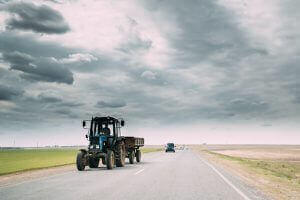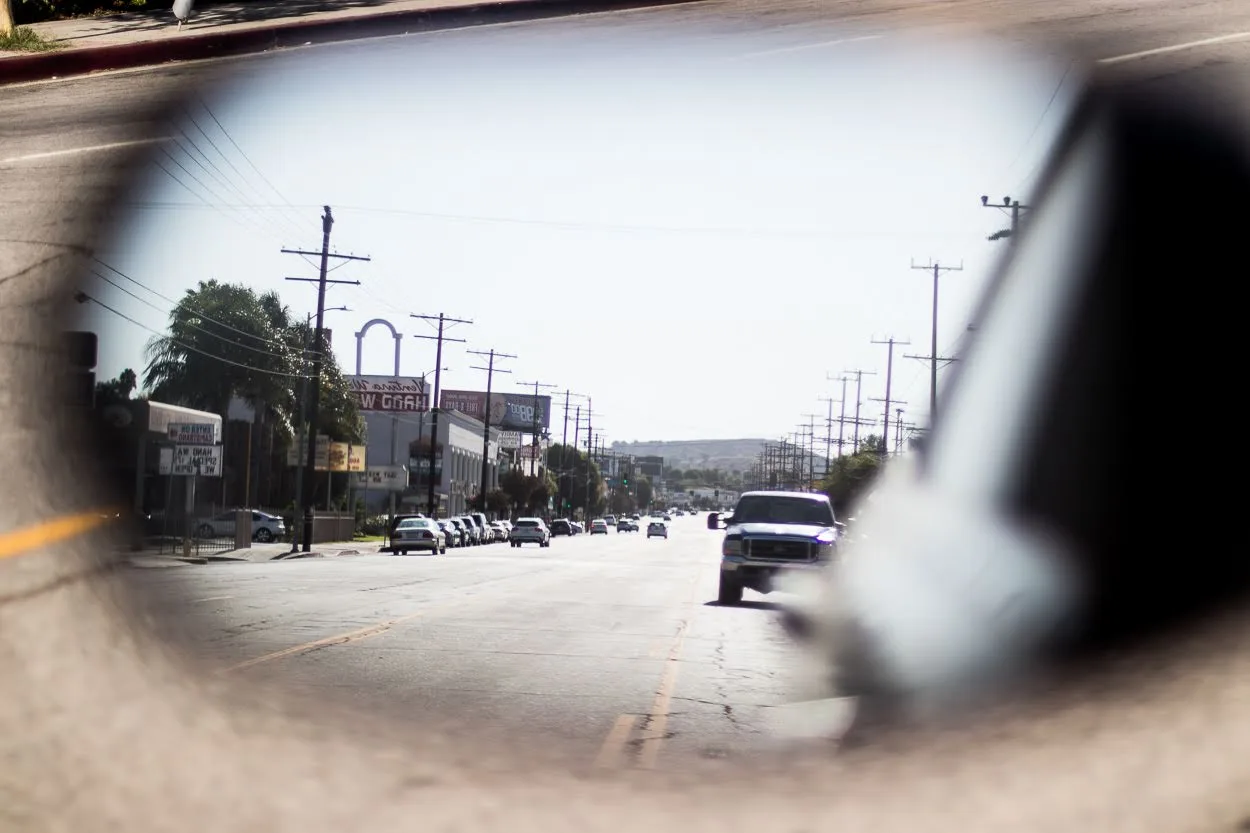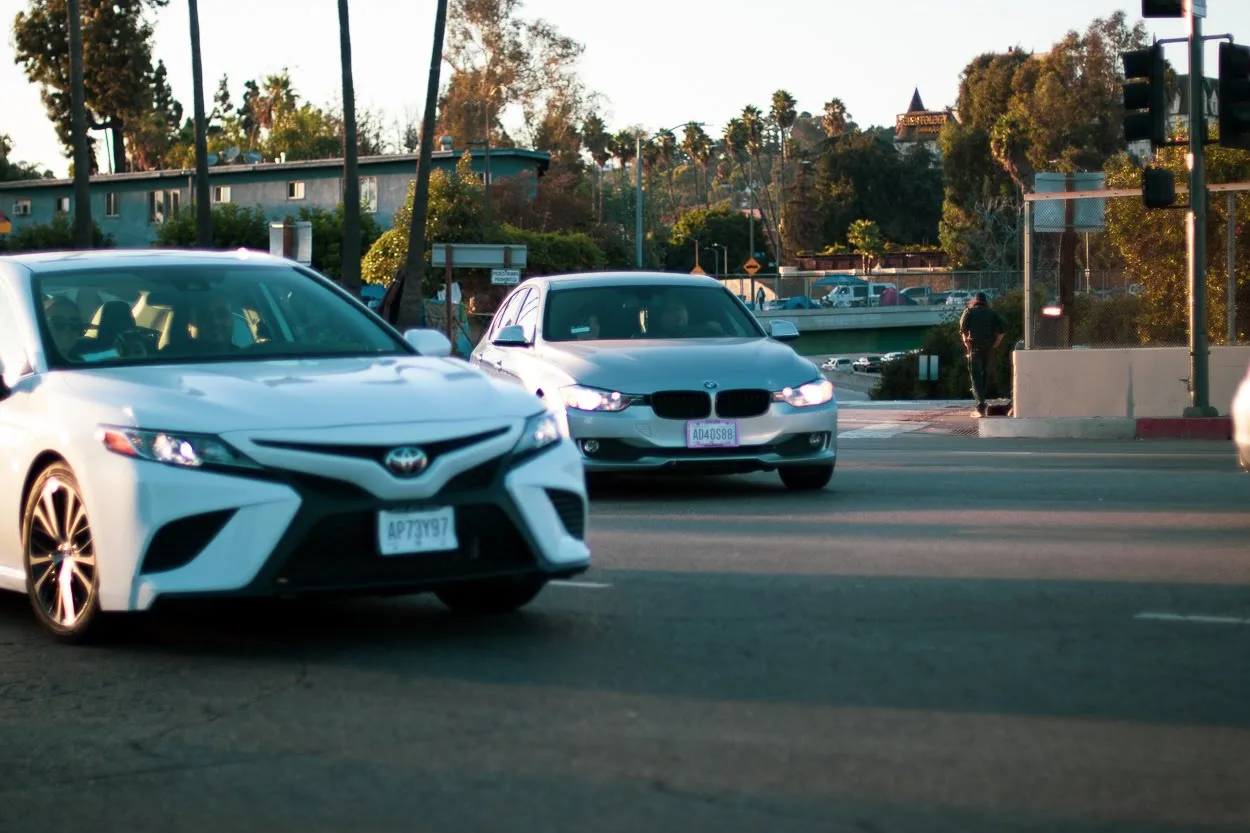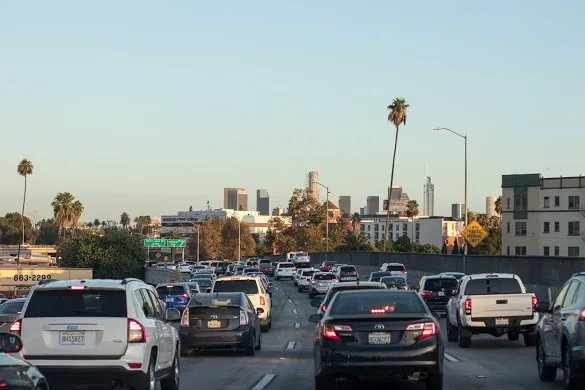Kansas motorists will face the added risk of slow-moving tractors, combines and other farm machinery through the autumn harvest season.
The Miami County Republic notes tractors, combines and other equipment are required to display slow-moving vehicle (SMV) reflective triangles and hazard lights when traveling on public roads. The signs signify that the equipment is moving at less than 25 miles per hour, alerting road users of the potential risk.
Farmers must ensure SMV signs are clean and visible and that hazard lights and reflectors are not blocked by machinery. Motorized equipment traveling after dark must also have working headlights.
Safe Traveling Around Farm Machinery
The Kansas injury lawyers at Bretz & Young know traffic collisions involving farm machinery are complex cases that often result in very serious or fatal injuries. Motorists who collide with combines or other large pieces of farm machinery face risks similar to accidents involving tractor-trailers or other large commercial vehicles. However, unlike commercial drivers, Kansas farmers enjoy a host of exemptions that permit them to bypass commercial-driving requirements, including hours-of-service, log-book requirements and medical certificates. These rules, which are meant to protect the safety of other motorists on the road, do not apply to farmers operating farm machinery on Kansas roads located wholly within the state, according to the Kansas Highway Patrol.
Many crashes involving farm equipment are rear-end collisions, wherein a motorist comes up behind slow-moving machinery while traveling too fast to stop. Thus, slowing down may be the best thing you can do on the rural roads of Kansas. The Republic notes the increasing prevalence of large farming operations means more and more farm equipment is on the road while traveling to distant fields.
A study by Great Plains Center for Agricultural Health found the majority of these crashes occur during the harvesting season, from September through December. Most occur during daylight hours in clear weather. The 5-year study found nearly 3,000 were seriously injured and more than 160 killed in collisions with farm machinery in Illinois, Iowa, Kansas, Minnesota, Missouri, Nebraska, North Dakota, South Dakota, and Wisconsin.
The Kansas Department of Transportation reports more than 100 collisions a year occur between farm machinery and passenger-vehicle traffic.
Liability for Accidents with Farm Machinery in Kansas
Safe passing is critical when dealing with slow-moving farm machinery. Injured motorists may pursue a claim for damages against a farmer determined to be negligent in causing or contributing to a collision. However, K.S. 60-258a outlines contributory negligence under Kansas law, which may reduce the plaintiff’s damage award in cases where the injured victim is found to be partially at fault.
Claims of negligence against a farm machinery operator and/or his employer may include general negligence, gross negligence, recklessness, willful or wanton conduct, negligent hiring and retention, negligent entrustment and vicarious liability. If you have been injured in a crash with farm equipment, you should consult with an experienced attorney at Bretz & Young Injury Lawyers.





